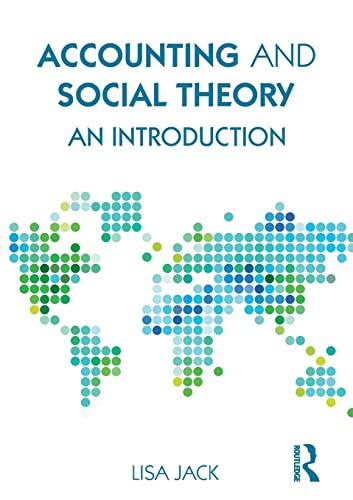Answered step by step
Verified Expert Solution
Question
1 Approved Answer
General capital assets, July 1, 2017 $33,276,151 Additions/transfers-in 459,430 Deletions/transfers-out (265,795) General capital assets, June 30, $33,469,786 2018 The complete schedule disaggregates the data by


Step by Step Solution
There are 3 Steps involved in it
Step: 1

Get Instant Access to Expert-Tailored Solutions
See step-by-step solutions with expert insights and AI powered tools for academic success
Step: 2

Step: 3

Ace Your Homework with AI
Get the answers you need in no time with our AI-driven, step-by-step assistance
Get Started


